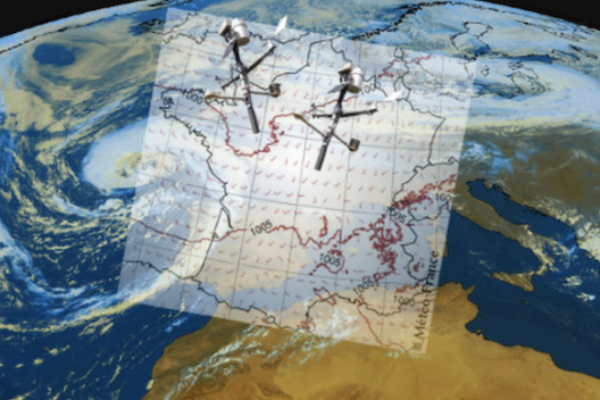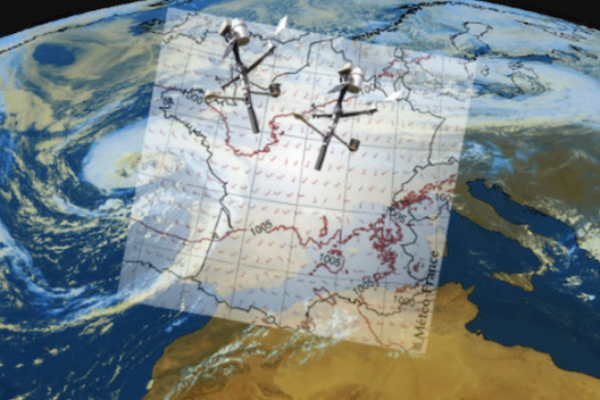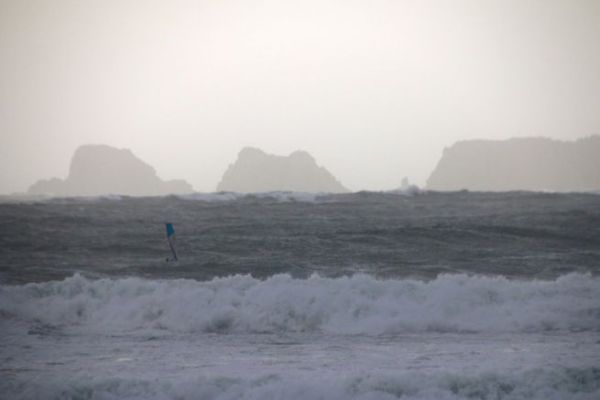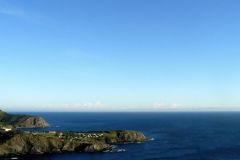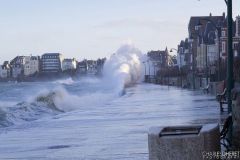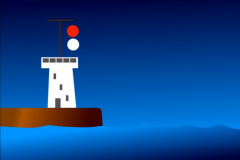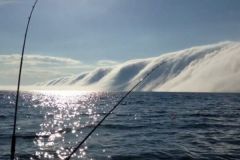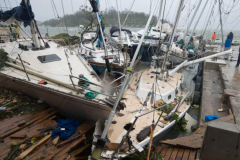Since December 1, 2017, France, Spain and Portugal have set up a partnership to name storms.
The first of the national meteorological agencies to issue a red or orange alert will give the stormy low a name. If a storm hits Spain first, the Spanish services will name the storm.
What is aâeuros storm?
Without going into too much detail, a storm is an imbalance between a mass of warm air and a mass of cold air seeking to balance each other out.
A storm is a low-pressure system present in mid-latitudes, generating violent winds.
For the meteorological services, several elements characterize a storm:
- maximum wind gust values
- the duration of the event
- the area affected by the strongest winds (gusts of 100 km/h or more)
Services such as meétéo France classify a storm as "âeurosmajeeuros" if it affects more than 10% of the national territory.
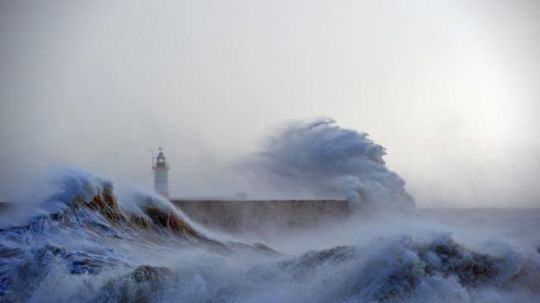
What are the characteristics of a storm?
The Beaufort scale specifies that a storm begins with force 10 winds, i.e. 48 to 55 knots (averaged over 10 minutes).
- The scale describes the sea state as exceptional conditions: very large waves with a long, plume-like crest.
- The foam produced agglomerates into large banks and is blown by the wind in thick white trails. As a whole, the water surface appears white.
- The rollers become intense and brutal. Visibility is reduced, and waves are 9 to 12.5 m high.
Beyond the storm, the Beaufort scale qualifies force 11 as a violent storm and force 12 as a weather bomb in our latitudes.
Why name stormsâeuros?
Météo France explains that this is to optimize communication with the general public. Naming a storm would help to better prepare the population for a violent wind event.
The UK and Ireland implemented this system in 2016, and surveys have shown that citizens are more attentive to safety instructions when a storm is named.
It may be a psychological approach, but it's motivated by public safety.
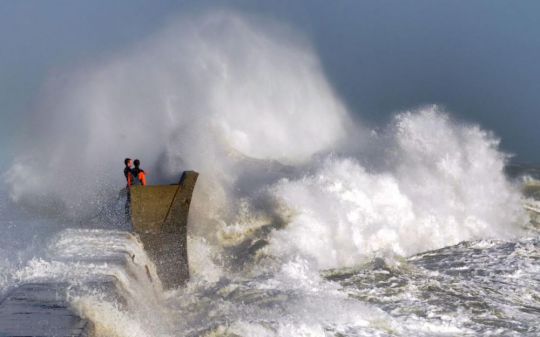
When and how do you name a stormâeuros?
A storm is only named if it generates at least an orange-level warning in one of the three countries: France, Spain and Portugal.
The first meteorological service to perceive the threat will assign its name from the pre-established list and inform the other two.
Throughout its life cycle, the depression retains its baptismal name in publications, starting with weather reports.
Note that local or regional phenomena triggering very strong winds, such as the tramontane or mistral, do not fall within this framework.
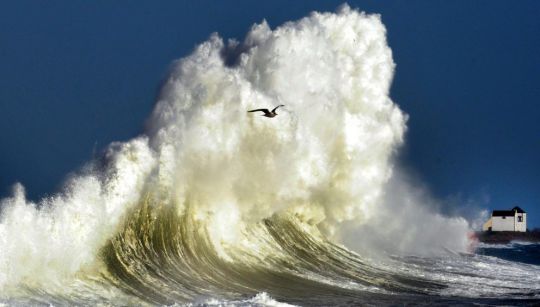
Is it new to call storms âeuros?
We're familiar with names for major events. We remember the storms Petra, Xynthia, Klaus, Dirk...
Since 1954, Berlin's Free University Center has been naming European anticyclones and depressions.
From now on, to communicate with the media, the general public, partners and institutions, this new system (winter 2017-2018) will replace the names given by the University of Berlin.
Is coordination limited to France, Spain and Portugalâeuros?
No, this organization is the logical continuation of a process initiated by England and Ireland.
For example, if a storm hits Ireland first, the name chosen by the Irish meteorological services will be used by the other euro countries, and vice versa.
Moreover, there are plans to extend this coordination to the whole of the European community.
Source: Météo-France
